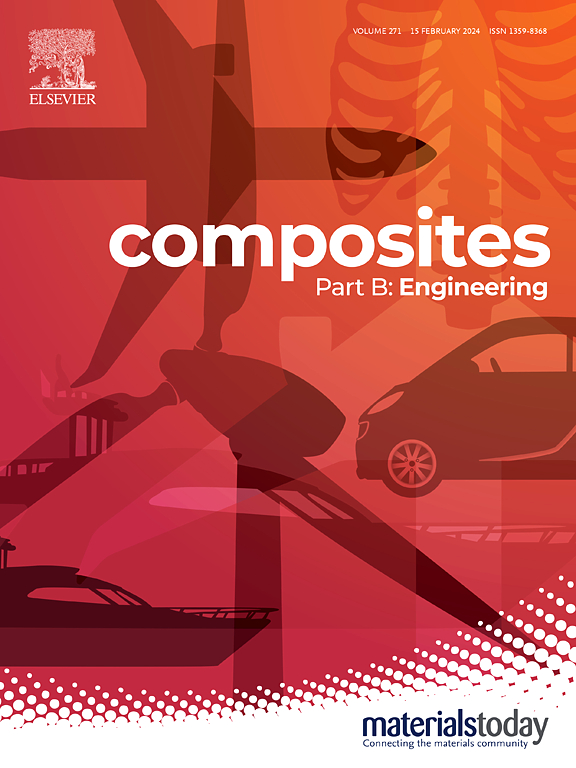Machine learning powered inverse design for strain fields of hierarchical architectures
IF 12.7
1区 材料科学
Q1 ENGINEERING, MULTIDISCIPLINARY
引用次数: 0
Abstract
Hierarchical architectures are complex structures composed of multiple materials arranged at a microstructural level to achieve specific macroscopic properties. Despite the advantages offered by hierarchical architectures which are offering broad design freedom, this extensive design space also poses significant challenges for inverse designing hierarchical architectures. This paper addresses the inverse design of strain fields for hierarchical architectures by integrating efficient forward prediction with precise inverse optimization. Forward prediction models are developed to accurately predict the physical properties and performance metrics of these materials, while inverse optimization algorithms determine the optimal material distribution to achieve desired outcomes. We propose a machine learning approach that utilizes a recurrent neural network (RNN)-based forward prediction model trained on finite element analysis data, achieving over 99% accuracy. An evolutionary algorithm-based inverse optimization model is then used to identify the optimal material configuration to reach the desired strain fields. The results, validated through simulation and experimental testing, demonstrate the potential of machine learning to accelerate the design and optimization of strain fields in hierarchical architectures, paving the way for advanced material applications in the fields of aerospace engineering, biomedical devices, robotics, structural engineering, and energy storage systems.
分层架构应变场的机器学习驱动反向设计
本文章由计算机程序翻译,如有差异,请以英文原文为准。
求助全文
约1分钟内获得全文
求助全文
来源期刊

Composites Part B: Engineering
工程技术-材料科学:复合
CiteScore
24.40
自引率
11.50%
发文量
784
审稿时长
21 days
期刊介绍:
Composites Part B: Engineering is a journal that publishes impactful research of high quality on composite materials. This research is supported by fundamental mechanics and materials science and engineering approaches. The targeted research can cover a wide range of length scales, ranging from nano to micro and meso, and even to the full product and structure level. The journal specifically focuses on engineering applications that involve high performance composites. These applications can range from low volume and high cost to high volume and low cost composite development.
The main goal of the journal is to provide a platform for the prompt publication of original and high quality research. The emphasis is on design, development, modeling, validation, and manufacturing of engineering details and concepts. The journal welcomes both basic research papers and proposals for review articles. Authors are encouraged to address challenges across various application areas. These areas include, but are not limited to, aerospace, automotive, and other surface transportation. The journal also covers energy-related applications, with a focus on renewable energy. Other application areas include infrastructure, off-shore and maritime projects, health care technology, and recreational products.
 求助内容:
求助内容: 应助结果提醒方式:
应助结果提醒方式:


